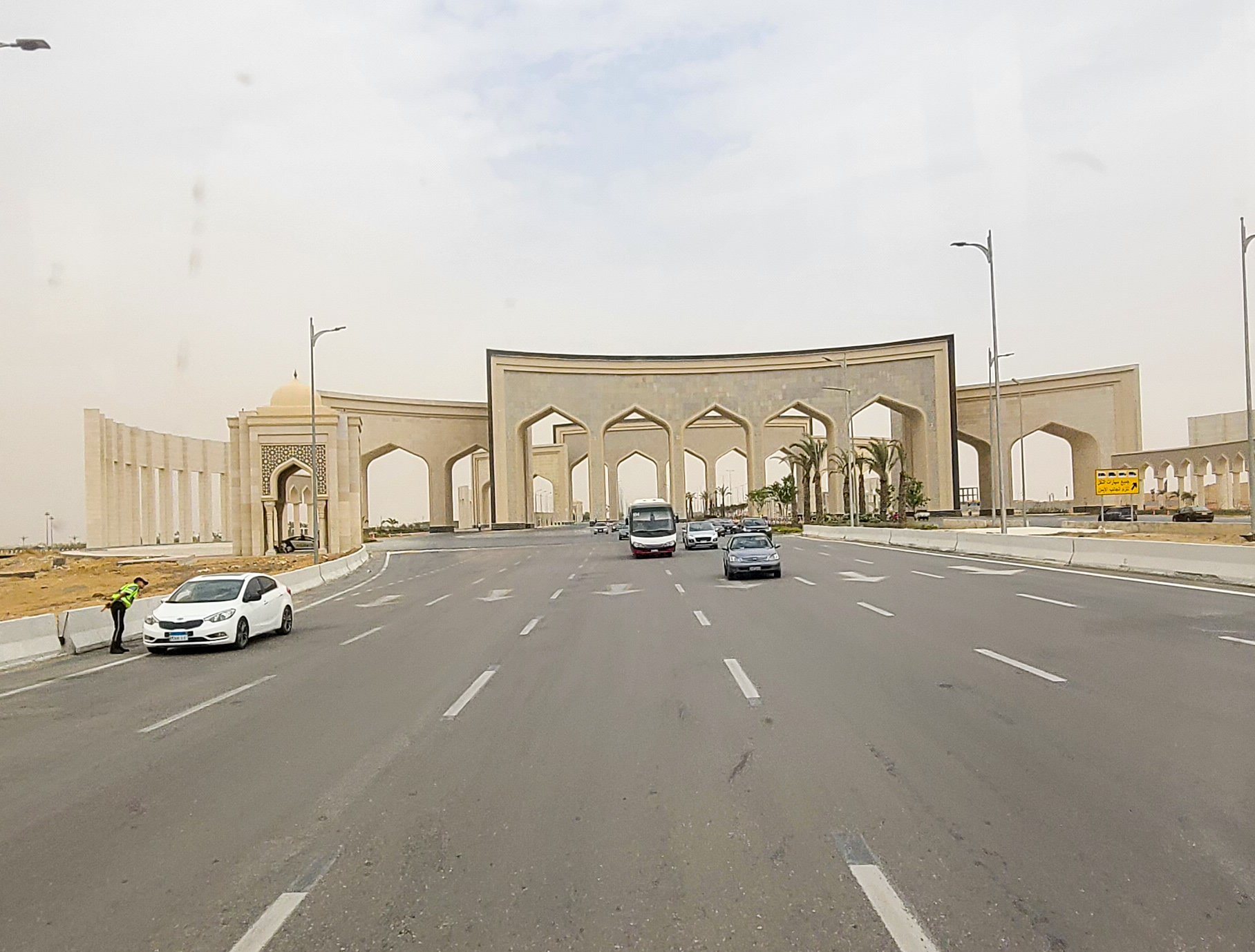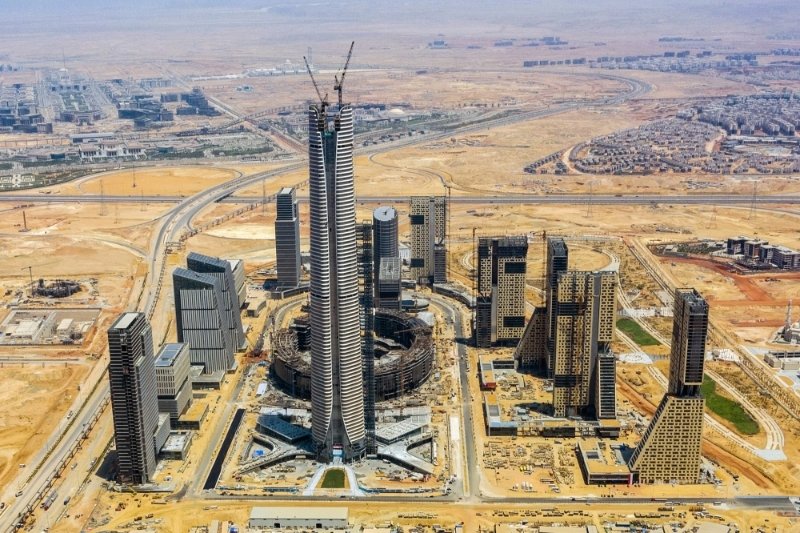CHISHIMBA BWALYA
Cairo
EGYPT is reinventing Cairo by constructing its new administrative capital more than 1,000 years after the city was founded in 969 AD.
It is an ambitious project, one that highlights the development aspirations of President Abdel Fattah el-Sisi-led administration.
The plan to build a new business capital is widely seen as an opportunity to boost economic growth while inviting foreign direct investment for Egypt, whose gross domestic product is already showing positive signs with 3.5 percent growth in the first quarter of 2025.
The new administrative capital, whose construction plans began in 2015, has already taken shape. The project is expected to be completed in 2040.
Kilometres of bituminous roads, stretching multiple lanes, sprawl around the area, littered by newly constructed skyscrapers. State operations for 34 ministries have relocated to the new government buildings. Situated about 48km east of the main Cairo, the new capital highlights Egypt’s vision of a smart city with 145 electric-powered taxis in the first phase.
The entrance to the new city tells you everything you need to know about the project, with towering curved structures between multiple lanes drawing you in.
Financial institutions, led by the Central Bank of Egypt, have already found a home on the 714 square kilometres project, which was previously desert land.
Administrative Capital for Urban Development (ACUD), which is spearheading the project, is anticipating six international universities and the United Nations agencies.
The project also includes the Mosque of Egypt, which is one of the biggest in the world with a capacity of 130,000 people.
About 20 minutes’ drive towards the exit of the new city, the Cathedral of the Nativity of Christ stands as another religious masterpiece.
The cathedral, which is housed on two floors, has a sitting capacity of 8,000 on the upper floor and 1,300 underground, making it the biggest church in the Middle East.
But that is not all; the ‘Iconic Tower’ and the Opera House are among other massive infrastructures, with the former making the tallest skyscraper on the continent at 400 metres.
Depopulating Cairo and raising efficiency
The megacity can, with its residential flats, accommodate 8.5 million people, a size nearly half of Zambia’s population.
Cairo’s population is estimated to be over 22 million people, meaning the new establishment comes with great benefits and will ease pressure on what is visibly a stacked capital.
Construction has meant a change in work location for government employees; ACUD has hinted that the developments could see even more changes.
“The whole country will be managed from within the new capital,” ACUD chairperson Khaled Abbas was quoted as saying by CNN last year.
“We are trying to facilitate all kinds of services to make doing business here easy.”
About 50,000 government employees have since relocated their work to the new capital, nearly 50km from the ‘old’ city, the deputy director confirmed.
In a tour with journalists from 25 African countries, including Zambia, ACUD deputy director of government coordination Reham Ghanem said the first phase of the project is almost 70 percent completed.
The US$40 billion-worth structure will be built in four phases, with the first phase costing around US$10 billion.
There is hope that the new smart city, touted as one of the biggest in the Middle East, will become a role model for other countries on the continent.
A city built on science and art
The new administrative capital and its facilities go beyond just being an economic statement. Art is a major theme in their construction, too, with the near-Pharaonic buildings and hand-made mosaic ceilings.
The overwhelming monumental structures are far beyond the human scale in vast size and spaces between facilities that make it almost impossible to navigate on foot.
Thirty percent of the city’s energy will be generated from solar, while the city will also have charging centres for electric-powered vehicles.
A cooling system for buildings, water management plants, data centre and a mobile application for some of the city’s services are just some of the innovations of the new city.
It also incorporates a modern-day Opera House with a seating capacity of 2,200, robotic cameras, a hydraulic stage, and a unique air conditioning system under the seats to make it more acoustic.
The facility, expected to be inaugurated by President el-Sisi soon, brings an artistic taste of Egyptian culture with three balconies and a presidential suite.
The city also has embraced the smart green solutions and all facilities are fitted with solar systems. What’s more? There is a vision to make all transactions paperless.
Africa’s opportunity to learn from each other
Elsewhere in Africa, Zimbabwe is embarking on a similar project with the construction of a new commercial and administrative hub being called the Cyber City. The project includes new parliament buildings.
President Emerson Mnangagwa, as quoted by the Sunday Mail of Zimbabwe at the ground-breaking ceremony, said it would be “Zimbabwe’s landmark project”.
“Zim Cyber City” stands to become Zimbabwe’s landmark project, offering a world-class high-end lifestyle to all the residents.
Dr Mohamed Higazy, who is director for the United Cities and Local Government’s (UCLG) North African regional office, believes such infrastructure projects present opportunities for the continent to learn from each other.
UCLG is an umbrella organisation which creates a link between local governments across cities.
“While we are speaking there is an exchange between Egypt and Zimbabwe in introducing a new capital; a city concept and work with officials from our Ministry of Housing.
“That shows that African to African exchange is very important and we can learn from each other in terms of construction and finance,” Mr Higazy said.


